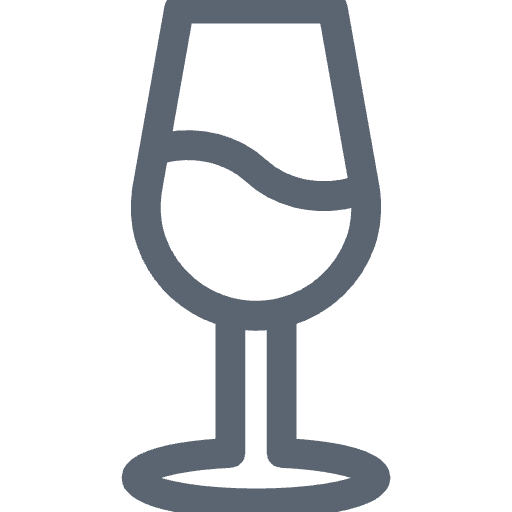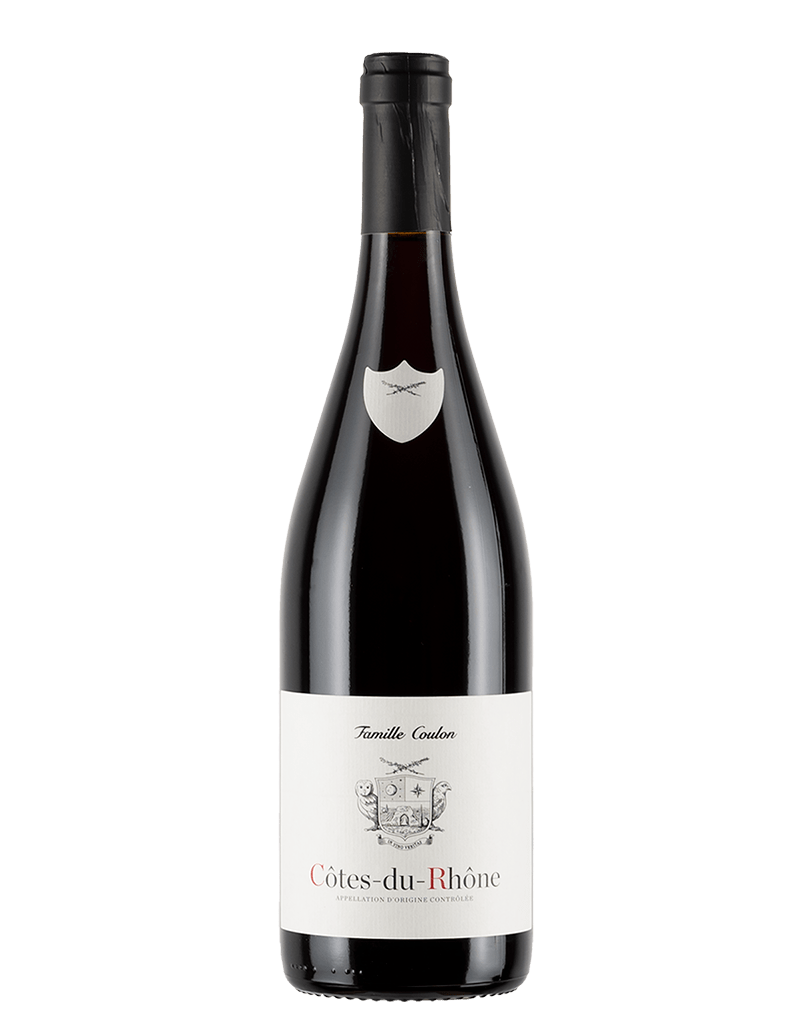36 Products
-

 Languedoc
Languedoc
 Cuvée, dry
Cuvée, dry
 dark & herbal
dark & herbal
-

 Rhône
Rhône
 Cuvée, dry
Cuvée, dry
 fruity & spicy
fruity & spicy
-

 Tuscany
Tuscany
 Sangiovese , dry
Sangiovese , dry
 ethereal & spicy
ethereal & spicy
-

 Languedoc
Languedoc
 Cuvée, dry
Cuvée, dry
 elegant & ethereal
elegant & ethereal
-

 Rhône
Rhône
 Cuvée, dry
Cuvée, dry
 juicy & mineral
juicy & mineral
-

 Tuscany
Tuscany
 Sangiovese, dry
Sangiovese, dry
 fruity & fresh
fruity & fresh
-

 Rheinhessen
Rheinhessen
 Pinot Noir, dry
Pinot Noir, dry
 juicy & puristic
juicy & puristic
-

 Burgundy
Burgundy
 Pinot Noir, dry
Pinot Noir, dry
 spicy & elegant
spicy & elegant
-

 Veneto
Veneto
 Lagrein, dry
Lagrein, dry
 intense & complex
intense & complex
-

 Veneto
Veneto
 Cabernet Franc, dry
Cabernet Franc, dry
 spicy & elegant
spicy & elegant
-

 Trentino
Trentino
 Teroldego, dry
Teroldego, dry
 complex & intense
complex & intense
-

 Piedmont
Piedmont
 Dolcetto, dry
Dolcetto, dry
 juicy & fragrant
juicy & fragrant
-

 Trentino
Trentino
 Teroldego, dry
Teroldego, dry
 dark & spicy
dark & spicy
-

 Trentino
Trentino
 Teroldego, dry
Teroldego, dry
 fresh & juicy
fresh & juicy
-

 Piedmont
Piedmont
 Barbera, dry
Barbera, dry
 spicy & intense
spicy & intense
-

 Trentino
Trentino
 Teroldego, dry
Teroldego, dry
 ethereal & balsamic
ethereal & balsamic
-

 Burgundy
Burgundy
 Pinot Noir, dry
Pinot Noir, dry
 fruity & juicy
fruity & juicy
-

 Tuscany
Tuscany
 Cuvée, dry
Cuvée, dry
 red fruit, floral, spicy
red fruit, floral, spicy
-

 Burgundy
Burgundy
 Pinot Noir, dry
Pinot Noir, dry
 mineral & complex
mineral & complex
-

 Piedmont
Piedmont
 Nebbiolo, dry
Nebbiolo, dry
 ethereal & complex
ethereal & complex
-

 Piedmont
Piedmont
 Nebbiolo, dry
Nebbiolo, dry
 ethereal & complex
ethereal & complex
-

 Piedmont
Piedmont
 Barbera, dry
Barbera, dry
 complex & fragrant
complex & fragrant
-

 Tuscany
Tuscany
 Sangiovese, dry
Sangiovese, dry
 fragrant & spicy
fragrant & spicy
-

 Piedmont
Piedmont
 Barbera, dry
Barbera, dry
 elegant & fragrant
elegant & fragrant

























